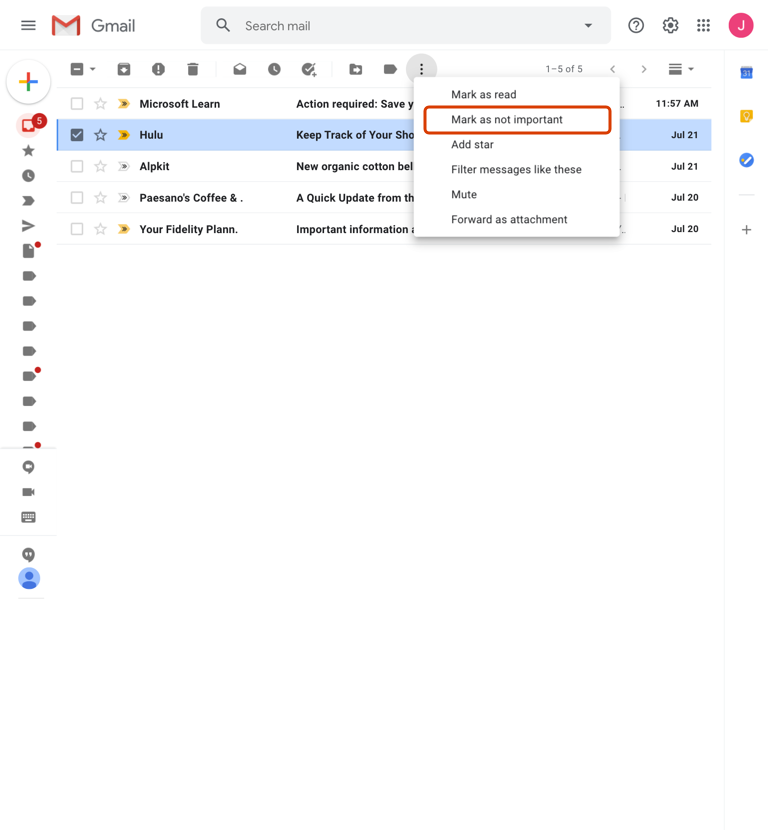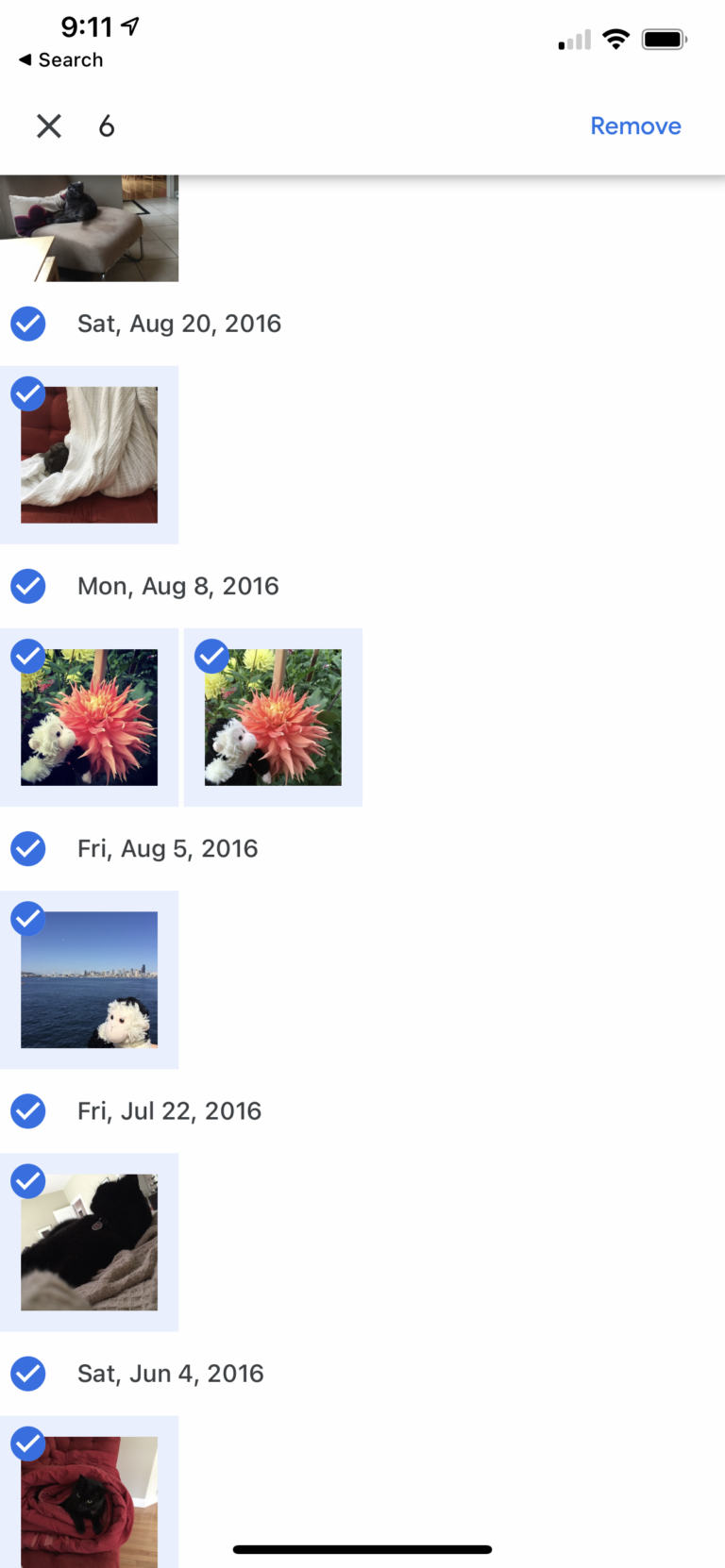Problem
The AI system is wrong and the user needs to correct a batch of related system behaviors.
Solution
Enable the user to refine the AI system’s output by editing, correcting, or refining a batch of related data from a single interaction.
Use when
- The user is making a change to one piece of content that the system recognizes as similar to other instances.
How
When the user corrects or refines a behavior, the AI, in a single interaction, should offer to correct similar behaviors and reveal how it identifies their relationship.
User benefits
- Increases user efficiency in correcting multiple outputs with a single interaction.
- Corrections indicate the system may not be perfect and give the user insight to how well the system can do what it can do (Guideline 2, Make clear how well the system can do what it can do).
- When corrections are used to help the system learn (Guideline 13, Learn from user behavior), a better user experience can be provided over time.
Common pitfalls
- It’s unclear to the user how to correct the AI system.
- It’s unclear to the user that their correction will be used to correct other instances.
- In some contexts, such as driving a car, it might be inefficient, dangerous, or disruptive for the user to correct the AI system.
Keep in mind that repeated correction of the AI system can be costlier to users than performing the task themselves. If the AI needs frequent correction, consider disabling the feature or making it possible for users to disable the feature (see Guideline 17). Also, the AI system should learn from this behavior so it can improve over time (see Guideline 13).




